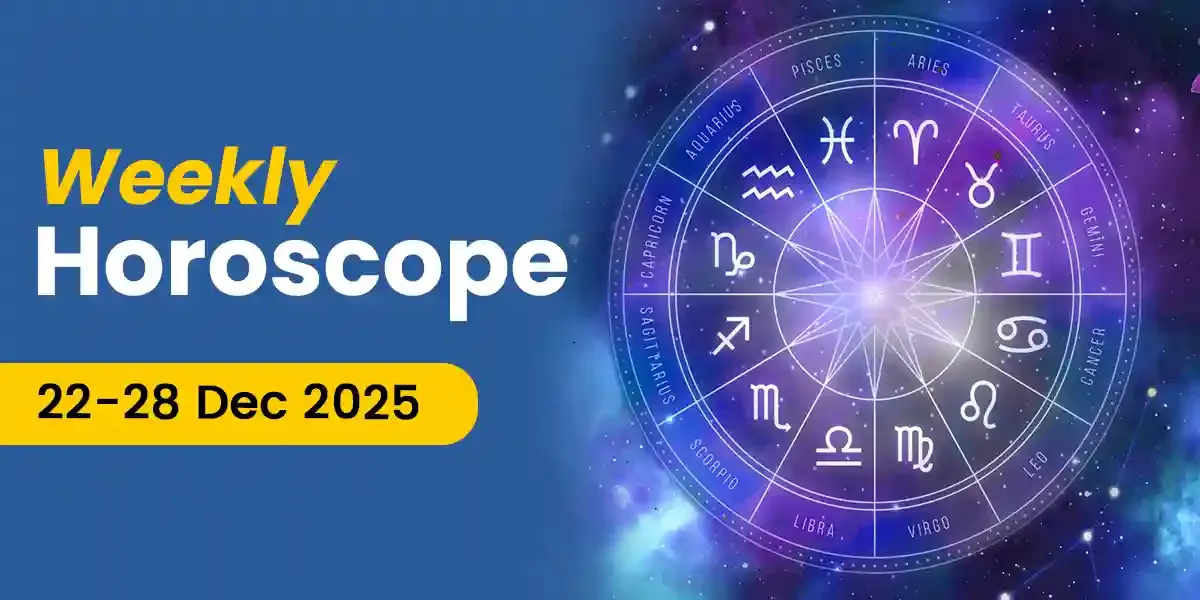
Dasha
According to Vedic astrology, Dasha is a significant factor in horoscopes. The Dasha (period) of each of the nine planets has remarkable effects on every aspect of life with the person's nature and personality.
Those who believe in astrology may fear Dashas, as all the planets give us the results of their Dasha from time to time, both positive and negative depending on their good or bad placement in the horoscope. You must have heard that Saturn's Dasha is going on, or if it's Rahu's Dasha, then there will be trouble.
In this article, we will understand What is Dasha in Kundli? What is the significance of Dasha in the horoscope, according to Vedic astrology? How many types of Dashas are there in a horoscope? How to know when the Dashas are? We will throw light on these points in the article, which will prove useful for you. This way, you can analyze your problems and seek help from an astrologer for a solution. So let's learn more about Dasha.
What is Dasha?
In Vedic astrology, the term Dasha is used to denote the period of the planets. The period of the planets indicates when good or bad effects are generated by their Sthiti (zodiac sign), house (Bhava), conjunction (Yoga or Raja yoga) or aspects (view or Drishti) according to their location. There are several types of Dasha systems, Parashari astrology mentions forty-two, but only two of them are in use - namely Vimshottari and Ashtottari. Each Dasha is controlled by one of the nine planets, and the position of that planet determines the quality, effect, and outcome of each period.
Types of Dasha in Kundli
According to Vedic astrology, the position of planets in a person's horoscope works to determine his life direction. From this, you can understand Dasha's importance, which has a deep and serious effect on us. In astrology, there are three types of conditions, Mahadasha, Antardasha and Vimshottari Dasha. These Dashas can decide the result of our actions according to time. Along with this, they also leave their mark on our personality. So let's know about these conditions in brief -
Vimshottari Mahadasha System in Vedic Astrology
In the present times, the Vimshottari Mahadasha system is the one used widely for calculation. According to this system, the duration of the Dasha of each planet is different. Let's take a look at the duration of Dasha of each planet:
- Sun (Surya) - 6 years
- Moon (Chandra) - 10 years
- Mars (Mangal) - 7 years
- Jupiter (Guru) - 16 years
- Saturn (Shani) - 19 years
- Mercury (Budha) - 17 years
- Venus (Shukra) - 20 years
- Rahu - 18 years
- Ketu - 7 years
It's interesting to know that as the Vimshottari Dasha follows the 120-year time cycle, one cannot experience the Mahadasha of all the planets in one's life. At present, the duration of human life is less than half on average compared to earlier times. The first Dasha (period) decreases proportionally depending on what degree the Moon was traveling in the Nakshatra at the time of birth. Each Mahadasha of a planet has sub-divisional positions (Dasha) of other planets called Antardasha. The first Antardasha is that of the planet of Mahadasha. For instance, if the Sun is in Mahadasha, then the Antardasha will always start with the Sun. After that, the sequence of the Antardasha of the other planets follows. Following this principle, the Dasha is further subdivided into what is called a Pratyantar Dasha, and this way, we can also reach on a daily or hourly basis. According to earlier astrological studies, the timing of predictions and events is determined, keeping in mind the planets involved in Dasha, Antardasha, Prarabdha (a part of your past karma), etc.
The following principles are kept in mind while analyzing the horoscope for Dasha effects.
The Fourth House in Horoscope rules over matters related to the house and property. Therefore, the Lord of the Fourth House is assessed, the house in which he is situated, and the planet with which he is sitting together, which is motivating him. Then the planets located in the Fourth house or related to the Fourth house are examined.
Consult India's top expert astrologers online right here! For details click here!



























